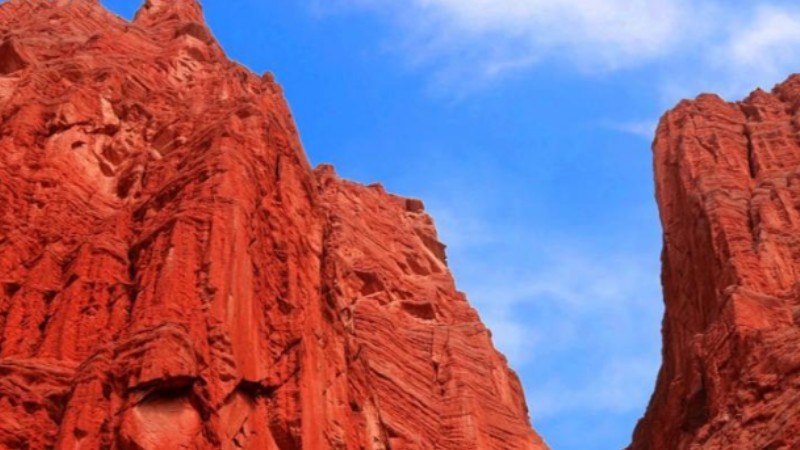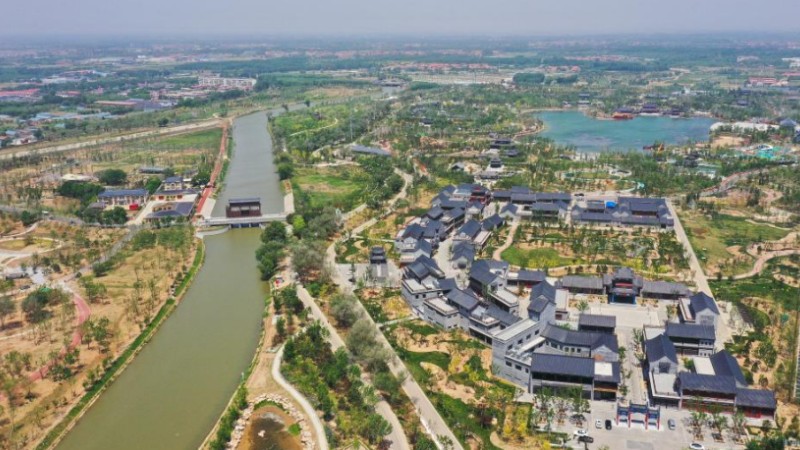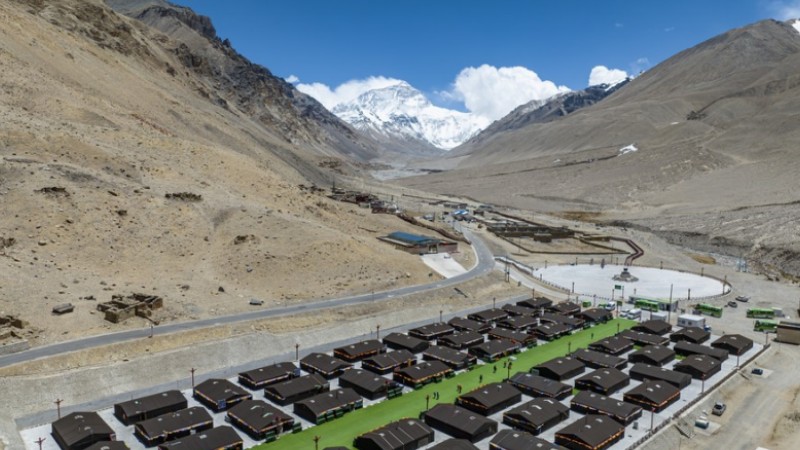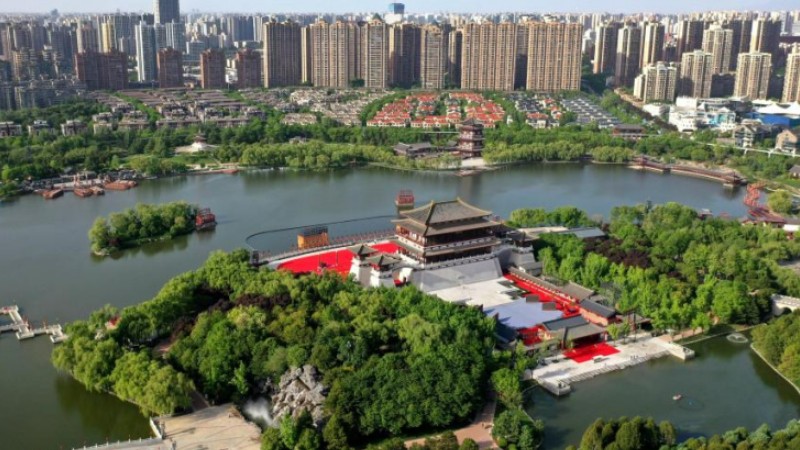Young faces emerge in ecological conservation quest on Qinghai-Tibet Plateau

Tibetan antelopes are seen in Tsonyi County of Nagqu City, southwest China's Tibet Autonomous Region, July 17, 2022. (Xinhua/Jigme Dorje)
BEIJING, May 24 (Xinhua) -- Losang Rinda considers the vast prairie his second home. He and his colleagues take good care of wild yaks, Tibetan antelopes and other wild animals on the prairie.
Losang Rinda, 25, is the youngest ranger at a wildlife conservation center in Tsonyi County, southwest China's Tibet Autonomous Region. A core area of the national nature reserve of Changtang, Tsonyi is the highest county with an average altitude of over 5,000 meters.
Given that May is the breeding season for Tibetan antelopes, a species under China's first-class national protection, Losang Rinda said they have to patrol around the clock lately.
"We need to record the number of new-born antelopes and protect them from wild dogs and wolves," he explained.
Just last month, China's top legislature adopted a law on ecological conservation on the Qinghai-Tibet Plateau to protect the fragile ecosystem of this area of around 2.58 million square km.
While the country has stepped up the environmental protection of the plateau area in multiple aspects, more and more young people like Losang Rinda have joined the elders, continuing the conservation efforts on the roof of the world.
At a forum on the development of Tibet held in Beijing on Tuesday, Zhou Xiongdong, an assistant research fellow at Tsinghua University, shared their geomorphic and ecological research on the rivers on the Qinghai-Tibet Plateau to provide reference to government departments for ecological conservation.
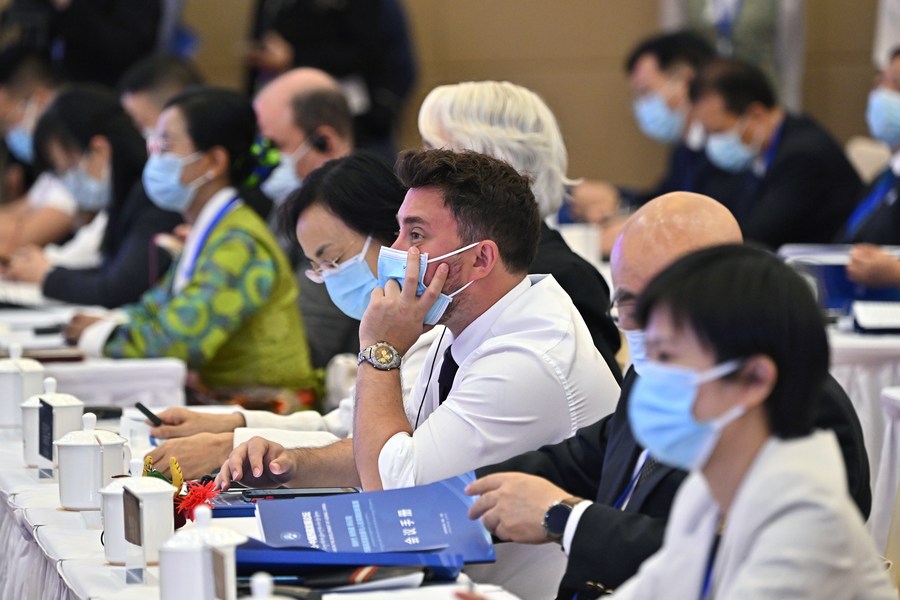
Attendees listen to guests' speeches at the opening ceremony of the "2023 Forum on the Development of Xizang, China" in Beijing, capital of China, May 23, 2023. A forum on the development of Tibet was held on Tuesday in Beijing to pool wisdom for the continued development of the autonomous region in southwest China. (Xinhua/Li Xin)
Born in 1991, Zhou said he was amazed by the breathtaking landscape of Tibet when he first visited there in 2011. Since 2013, when he joined the "Dream Chasers" research team led by Professor Wang Zhaoyin and Associate Professor Xu Mengzhen of Tsinghua University, he has been to Tibet more than 20 times.
"I fell in love with the plateau at the very first sight, and I'm proud that I can do something to help protect the ecology," he said, adding that up to 90 percent of the team members were born after 1990, and that they are passionate and vigorous in doing their research.
Vikash Singh, who just returned from a trip to Tibet, said the younger generations understand very much the importance of ecological protection and are making their contributions to it on the plateau, with an example being the proper disposal of garbage.
"I saw many young people in Lhasa City. They don't throw their garbage here and there. They just put it in a dustbin," said the lecturer from the School of Asian Studies, Beijing Foreign Studies University.
Tenzin Nyima, 13, followed his father to collect empty plastic bottles in Chanang County in the city of Shannan.
The young volunteer has joined "beautiful travel," a campaign for environmental protection. Since 2015, volunteers of the campaign have collected over 45 tonnes of discarded bottles, with a total length equivalent to 25 times the height of Mount Qomolangma, the world's highest peak at an altitude of 8,848.86 meters.
"Young as I am, I can make my own contribution to the ecological protection of Tibet," said Tenzin Nyima.
Photos
Related Stories
Copyright © 2023 People's Daily Online. All Rights Reserved.






